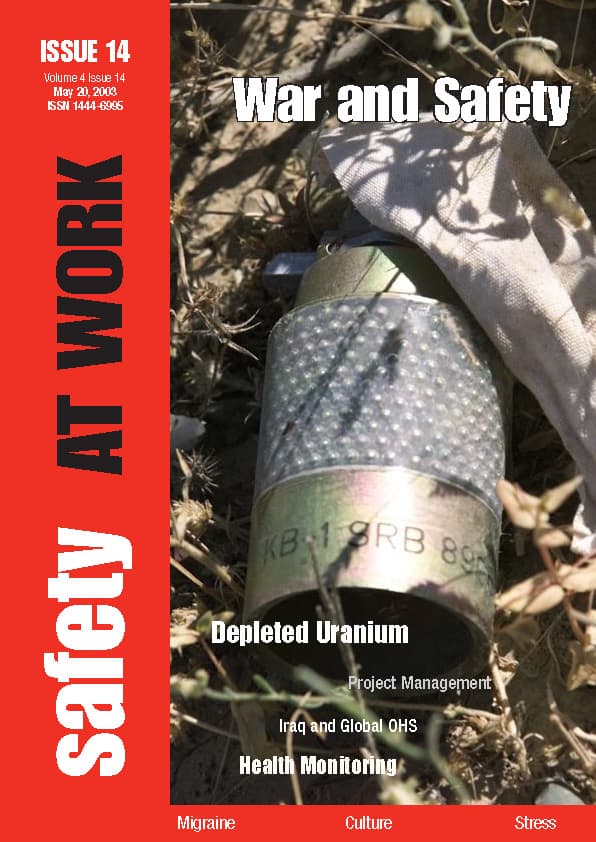For several weeks News Limited papers have reporting weird goings on around a fish hatchery in Queensland. In a small area of Cooloothin Creek people living on properties neighbouring the Sunland Fish Hatchery have been noticing an increase in cancers. The latest victim is a hatchery foreman who has been diagnosed with bowel cancer.
The issue has been bubbling along since a two-headed fish larva was discovered around 11 January 2009. On 26 January 2009, the foreman has formally requested an investigation into a cancer cluster. The 26 January quotes cancer expert, Bruce Armstrong.
Professor Armstrong said the fact there was more than one type of cancer would normally militate against a cluster. But the deaths and health problems among chickens, horses and dogs — as well as the fish — were extremely worrisome. “Clearly, there does seem to be an ecological issue here,” he said.
He suggested an investigation could help determine if the agrichemicals posed a threat to humans.
Local residents produced a video about the issue of crop spraying which is available on YouTube.
This current case will increase the pressure on government’s for increased regulation of farm chemicals and delivery systems.
UPDATE – 28 January 2009
Queensland’s Primary Industries and Fisheries Minister Tim Mulherin has established a taskforce to investigate the Noosa fish abnormalities. It’s first meeting will be on 28 January 2009.
It includes private aquaculture veterinarian Dr Matt Landos, who says the available evidence points to farm chemicals.
According to a ministerial media release Dr Landos said
“I am extremely pleased that the minister is keen to progress this issue and welcome the opportunity to work with the minister and the State Government. We need to consider interim alternative chemicals and farming practices in co-operation with macadamia farmers, to provide improved safety for aquatic animals and sustainable macadamia production.”
The ministerial release also said that
“claims of a cancer cluster in the area are a matter for Queensland Health to consider.
Queensland Health has said the need for an investigation into an alleged cancer cluster will be determined once specific information is received from the community about their health concerns.”
SafetyAtWorkBlog will be following the taskforce’s progress.

